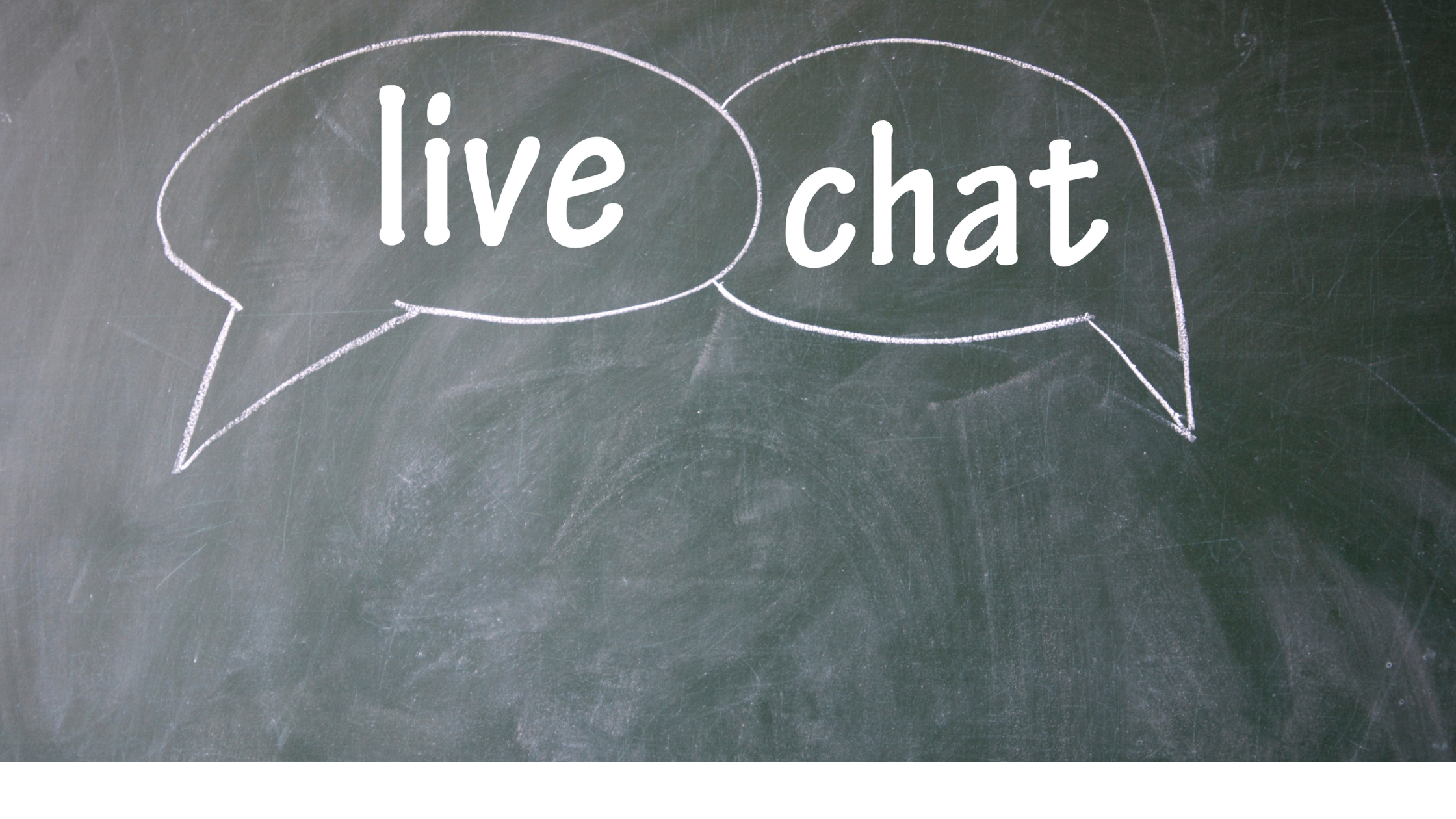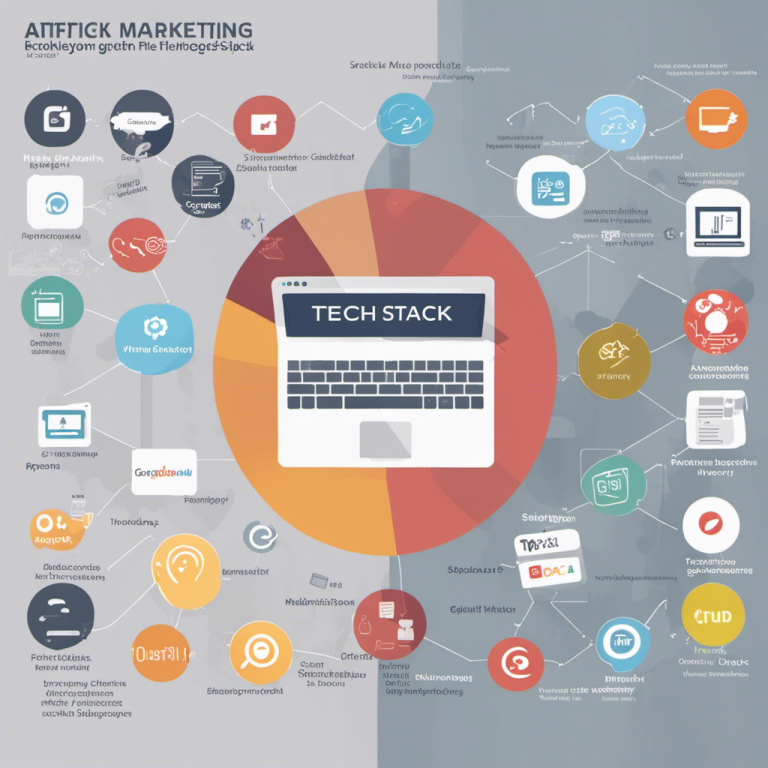7 Powerful Words to Enhance Your Approach For Inbound Sales Leads
Greetings! Today, we're diving into a strategic approach to handling inbound sales leads more effectively. We'll be focusing on seven key words that can bolster your sales approach and expedite the process of closing deals.
Let me pose a question: Is amplifying your sales essentially art or a science?

To tackle this, let's differentiate between art and science. The art of sales is more about fostering relationships and emotions, while the science lies in the techniques and understanding the 'how' and 'why' behind the process.
There's a plethora of sales training programs out there, most of which are focused on teaching technique. However, many business owners emerge from these programs with a wealth of techniques but a lack of understanding about why they didn't work when applied to their inbound sales leads. They often end up blaming the sales training process.
In reality, the efficacy of these programs largely depends on you and your belief system. We all have certain habits and traits that can either connect or disconnect with the client or prospect we're speaking with. For success, it's important to identify which aspects we can change and which we can't, and to be willing to adapt where necessary.
Upon introspection, we can identify the techniques that work best for our approach to inbound sales leads. For instance, we strongly recommend the use of Hubspot CRM for sales, as many of our clients have reported an increase in sales performance using this tool.
Now, let's delve into the seven powerful words that can transform your engagement with inbound sales leads:
1. You
In conversation, we often start with words like 'me', 'I', or 'our product'. But when we're speaking to someone, it's really about them. So, incorporate the word 'you' more frequently than 'I' or 'me'. Maintain a ratio of 1:3 (for every 'I', 'me', or 'our' use the word 'you' three times). Listen to your speech patterns and aim to use the word 'you' once every minute.
2. Value
Customers are more interested in benefits than features. They want to know "what's in it for them?" and "how does this help them?". It's essential to effectively communicate the value your product or service offers in terms they can relate to.
3. Replacing the word "but"
Often, when we add 'but' to a sentence, it negates everything we've said before. For example, instead of saying "I see that you only have a budget of $5000, but let me show you why our system at $10,000 is better," say "I see you've got a budget of $5000, and I'd like to show you how our system, at $10,000, can offer you more value."
4. Imagine
Storytelling is a powerful tool that helps people visualise how your product or service can benefit them. Using the word 'imagine' at the start of a story helps the listener visualise themselves in the narrative.
5. Use their name
Using the person's name is a powerful way to establish a connection. It's very similar to the word 'you'. For example, simply saying, "David, would you like to buy that now?" can be quite effective.
6. Because
The word 'because' is powerful because it provides a reason. For instance, if you're standing in a line and somebody asks, "Can I cut in front of you because I'm running late for work?" you're more likely to let them because they've given a reason.
7. Opportunity
Prospects are aware of their problems. Your role is to communicate how you'll solve them. So, instead of saying, "Look, I see you're hungry," you could say, "It seems like you're ready for a delicious pizza." It's about framing the service or the opportunity for them.
💡 To learn more about the inbound sales methodology, we encourage you to visit this HubSpot article.

Bonus: Navigating Soft Sell Questions
Soft sell is a sales technique that uses subtle, casual, or friendly sales messages. The soft sell is designed to avoid angering potential customers or pushing them away. Unlike hard selling, which uses pressure and urgent language to make a customer buy, soft selling involves persuasion and charisma to inspire a customer to purchase a product.
Below, we've gathered a few examples of assumptive selling questions and phrases that can help you smoothly uncover any hidden objections:
- "When would be a good time to start implementation?" This question can be somewhat assertive, as it assumes the prospect has already decided to proceed. If they've made up their mind, they'll likely give a timeframe, signaling a successful sale. However, if you push this question too early, they might feel rushed and this could damage the trust you've established.
- "When would you like this delivered?" This question is similar to the one above. If timed well, it can confirm the sale. However, if the prospect still has questions, discussing delivery might be premature and seem abrasive.
- "Are you leaning toward [X tier] or [Y tier]?" This question can be one of the more effective assumptive selling questions, as it helps you gauge the prospect's level of commitment. If they're ready, they might close the deal right then. If they're still deciding, you at least have a ballpark figure for your pipeline. But be careful, as this question might not be well received if they're still evaluating your product or service.
- "Could you send me [X financial information] so I can prepare the paperwork?" This question can be risky. If the prospect is ready to buy, they might provide their information. But if they're not ready to commit, they may feel put on the spot and this could create an awkward situation.
- "To whom should I address the invoice?" This question can be softer than the previous one, but it can create a similar situation if the prospect isn’t ready to commit.
- "Would you like to add [upgrade] to your order?" In this case, the prospect hasn't yet committed to buying at all, let alone considering an upgrade.
Remember, assumptive selling can make you seem pushy and self-centred, which isn't the best way to start a business partnership. Instead of these tactics, consider using other closing phrases. We assure you they're more effective (and they won't leave you feeling like you're overstepping boundaries).
Conclusion
Mastering inbound sales leads is both an art and a science. It's about understanding the power of words and how to use them to enhance your approach. Remember, every communication with a client or prospect is an opportunity to build a relationship and offer value. By incorporating these seven powerful words into your sales conversations, you can transform your engagement with inbound sales leads.
If you are looking for the best CRM for sales, we highly recommend HubSpot CRM. Many of our clients have reported an increase in sales performance using this tool. At our company, we can help you unlock the full potential of HubSpot to improve your sales growth. Please feel free to reach out to us, we are more than happy to assist you.
We hope this article has been informative and beneficial to you. We look forward to helping you enhance your sales approach and achieve your business goals.
Editor Note: This article was originally published 4 October 2017, and was edited and updated on 25 November 2023.





